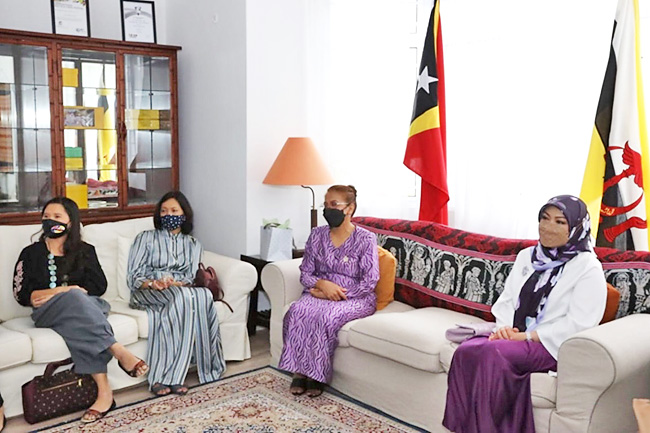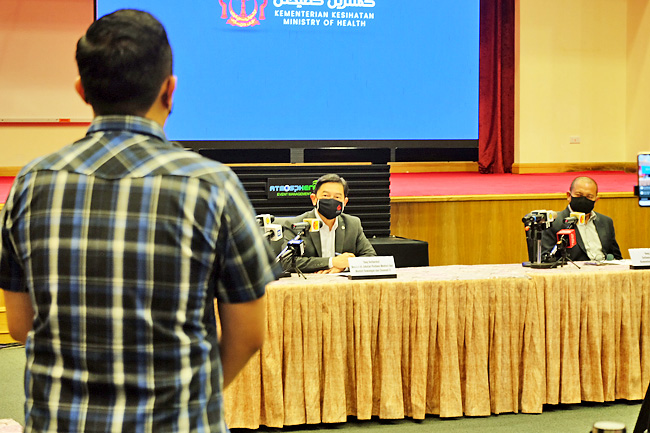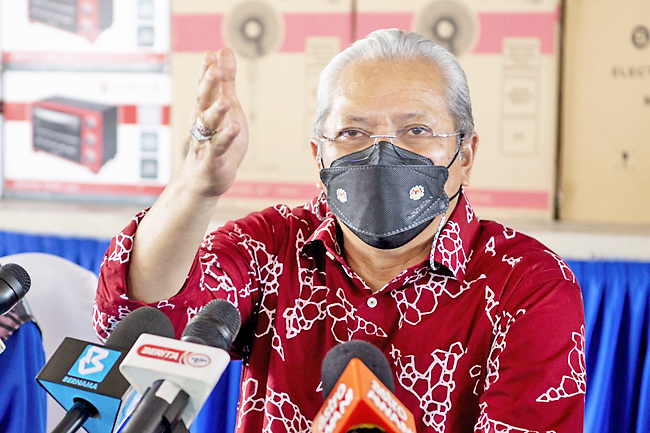Rachel Fairbank
THE WASHINGTON POST – There is perhaps no exercise as feared or recommended as a burpee. A full burpee combines a squat, jump-back, plank, push-up and a jump in the air into one continuous movement.
“Burpees are a fully functional exercise,” said a personal trainer and owner of Anywhere Fitness Ben Walker. Different body parts have to work together, while also developing a fuller range of movement. “This promotes better movement and flexibility in our everyday life,” Walker said.
The burpee was invented in the 1930s by a physiologist named Royal H Burpee Sr, as a way to test a person’s fitness. It was later adapted by the United States (US) Army to evaluate recruits’ fitness levels.
Given how hard each of these separate exercises can be, combining them into a single exercise is a tough task, but one that develops and shows flexibility, and improves range of motion, strength and cardiovascular conditioning.
“One of the biggest benefits is that burpees challenge the cardiovascular system as well as the muscular system in one catchall movement,” said a personal trainer and senior product manager with the American Council on Exercise Jacque Crockford. “When done appropriately, the burpee can be a high-reward exercise.”

If you’d like to access some of the benefits of burpees, but don’t know where to start, these are some ways to safely and gradually work your way up to doing them.
When it comes to learning to do a full burpee, think of it as an end-goal, rather than the beginning.
“You’re much better off building up slowly and steadily, rather than overdoing it on day one and potentially hurting yourself,” said sports physician at Houston Methodist Hospital Vijay Jotwani.
The risk of pushing yourself too hard, too fast is that burpees require a high degree of flexion in the wrists, elbows, shoulders, hips and knees, which can increase the risk of straining or injuring a muscle or ligament.
To build up slowly, focus first on the individual components or modified burpees.
“Just because someone does something one way doesn’t mean that it is incorrect to do it another way, especially if you have particular needs in your own body that you have to be managing,” Crockford said. “Giving yourself a little bit of grace is important.”
A gradual approach can help avoid overtraining and injury. “As long as someone is listening to their body and slowly advancing the intensity of their exercise, the risk of injury is low,” Jotwani said.
If you are recovering from an injury or have any concern, talk with your doctor and work with a certified fitness professional who can suggest additional modifications.
One of the challenges of burpees is the quick transition from a prone to an upright position. If you are dehydrated, this can cause dizziness. Be sure to hydrate well, and if the dizziness persists, be sure to talk with your doctor.
If you are struggling with one or several of the burpee’s components, work on them separately until you are comfortable doing each one.
“The whole burpee can be broken down and workshopped,” said personal trainer and the founder of Studio SWEAT onDemand in San Diego Cat Kom.
Starting with individual movements gives you the space to focus on developing the necessary strength. Combining them into a single continuous movement has the added benefit of getting your heart rate up.








